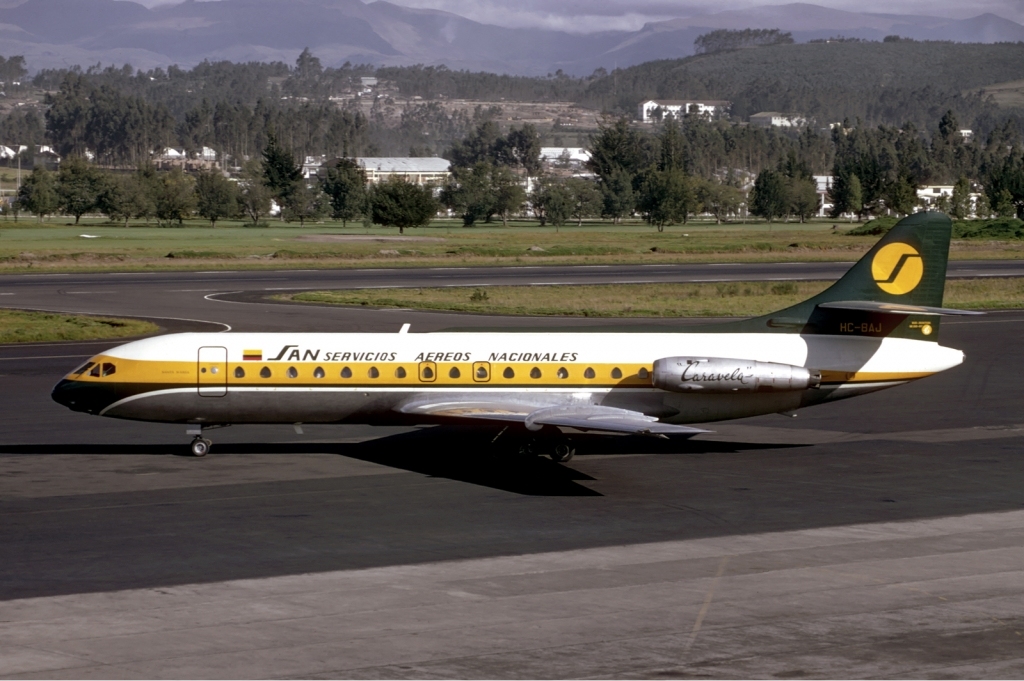Santa Rosa International Airport has long been a crucial part of the regional and international aviation network in South America. Its growth from a small airstrip to a bustling international hub reflects the region’s economic expansion and increasing connectivity with the rest of the world. Over the decades, the airport has undergone significant transformations, adapting to the demands of modern air travel while maintaining its role as a vital link for travelers. In this article, we’ll explore the history of Santa Rosa International Airport, highlighting key developments and milestones that have shaped its growth.
Early beginnings
The story of Santa Rosa International Airport begins in the mid-20th century when it was established as a small local airstrip to serve the surrounding agricultural community. Initially, it was used primarily for crop dusting and short-distance cargo flights, catering to the agricultural economy of the region. However, as the local population grew and industries diversified, the need for a more robust transportation network became clear. By the 1970s, the airstrip had expanded its operations, becoming a regional airport that handled domestic flights. This marked the first major shift in the airport’s history, as it began to serve a larger number of passengers and goods.
Expansion and modernization
The 1980s and 1990s were a period of rapid growth for Santa Rosa International Airport. Recognizing its strategic importance, the local government initiated a series of modernization efforts aimed at transforming the airport into a key transport hub. Runway extensions, updated terminal facilities, and the introduction of advanced air traffic control systems allowed the airport to handle larger aircraft and more frequent flights. During this period, the airport also expanded its range of services to include both domestic and international routes, cementing its reputation as a gateway to South America.
The shift to international status
In the early 2000s, Santa Rosa Airport achieved a significant milestone by obtaining international status, reflecting its growing importance in the global aviation network. This change was driven by an increase in international flights, particularly to neighboring countries such as Peru, Colombia, and Ecuador. The airport’s newly acquired international status also spurred further investments in infrastructure, including the construction of a new international terminal and the enhancement of customs and immigration facilities.
